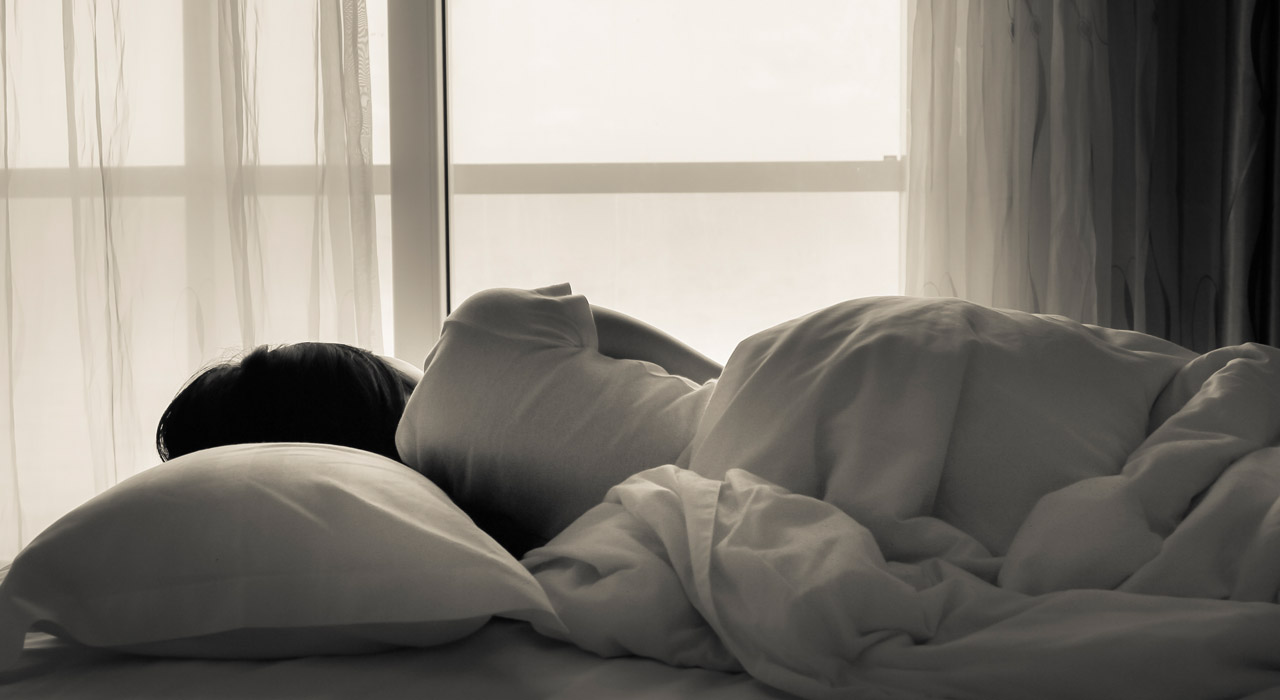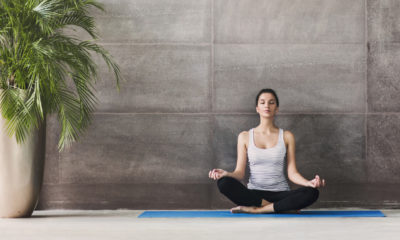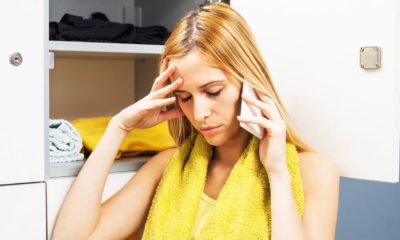Health
What Is SAD And How Do You Overcome It?
As the days become gloomier and the nights draw in faster, it’s clear – winter is coming. Although many rejoice in the extra hour spent in bed, this Sunday is actually the start of a four-month-long struggle that around 4% of the US population suffer with, varying by state.
Known to many as the ‘winter blues’, seasonal affective disorder (SAD), is a condition that affects people’s ability to function normally. Especially if left untreated.
Many people confuse the symptoms with just ‘feeling a bit low’, but it’s a complex depressive illness that needs to be taken more seriously.
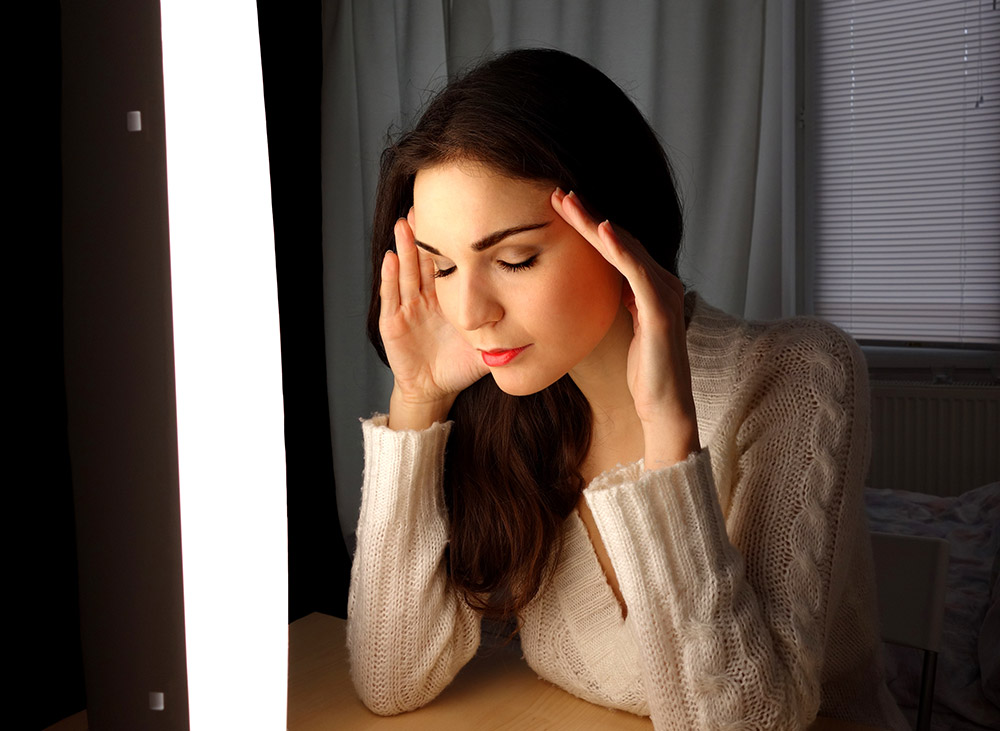
Light therapy is successful 85% of the time.
What is seasonal affective disorder?
Seasonal affective disorder, otherwise known as SAD, is a type of depression that is prompted by seasonal changes. It generally begins at the start of fall as the days start to get shorter and ends during spring and summer.
Although it is unknown what causes SAD, it is assumed that the reduction of sunlight exposure plays a key role. The main theory is that the lack of sunlight may cause a part of the brain called the hypothalamus to stop working properly. When this happens, your melatonin and serotonin production are affected and can prompt feelings of depression.
The hormone melatonin is responsible for your sleepiness. In those who are suffering from SAD, the production may be higher, causing you to feel more tired. The hormone serotonin is responsible for your mood, appetite, and sleep and a lack of sunlight may lower the levels which can cause feelings of depression.
Severe SAD may only affect 4% of the population, however, there are mildly debilitating symptoms of SAD called subsyndromal SAD. This is when people find themselves feeling a bit down and grumpy in the winter months. It’s less serious but is still treatable.
What are the symptoms?
Symptoms are wide-ranging and can include:
∙ Depression
∙ Lack of energy
∙ Concentration problems,
∙ Anxiety
∙ Craving carbs and gaining weight
∙ Loss of libido
∙ A persistent low mood
It’s important to note down when you’re experiencing these symptoms. If they are at their worst during the winter months you’re most likely suffering from SAD rather than any other form of depression.
Diagnosis can take it’s time, however, as it is usually identified after two to three consecutive winters with symptoms.
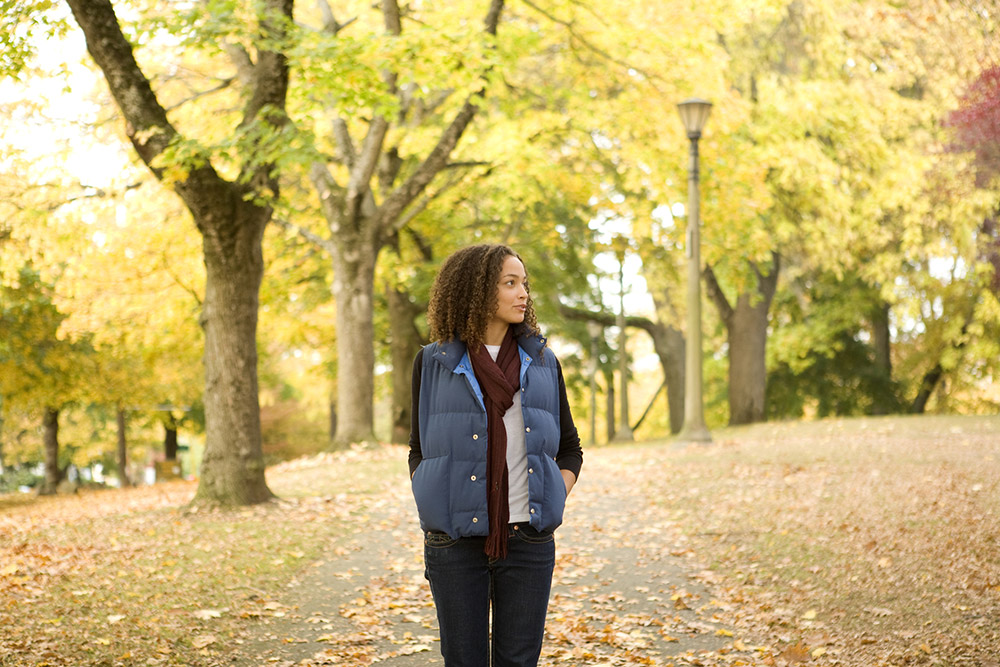
It’s time to get outdoors.
What are the treatments for SAD?
Chase the light
Many of the symptoms are caused by a lack of natural light, so combat that by getting outside in daylight as much as possible. Although it’s not always possible, try taking a lunchtime walk or getting off a stop early if you’re commuting by train or bus and walking the rest of the way.
Another popular way to replace the light you miss in the winter is by using light boxes. Light therapy is one of the most popular and effective treatments. According to the Seasonal Affective Disorder Association, it only takes two weeks to work and has been successful in 85% of cases.
Using a lightbox only takes between 30 and 60 minutes a day and you don’t need to just sit and stare at it. You can use it while watching TV or reading.
Therapy or medication
Cognitive behavioral therapy (CBT) is popular among those with general anxiety and depression, however, those suffering from SAD can also benefit.
In fact, a study published in the American Journal of Psychiatry found that CBT may be more effective than light therapy in the long run with patients nearly twice as likely to stay in remission.
Alternatively, you can seek antidepressant medication. In general, medication causes drowsiness, so doctors recommend selective serotonin reuptake inhibitors (SSRIs). It works by increasing your serotonin levels which results in a positive influence on mood, sleep, and eating.
Exercise
Just like with any mental illness, getting your sweat on will have a positive effect on your mood. Regular exercise boosts serotonin, endorphins, and other feel-good brain chemicals. It also helps to improve sleep, self-confidence and has even been proven to help tackle anxiety and depression.
For more like this, sign up for the TRAIN for HER newsletter for weekly updates.


